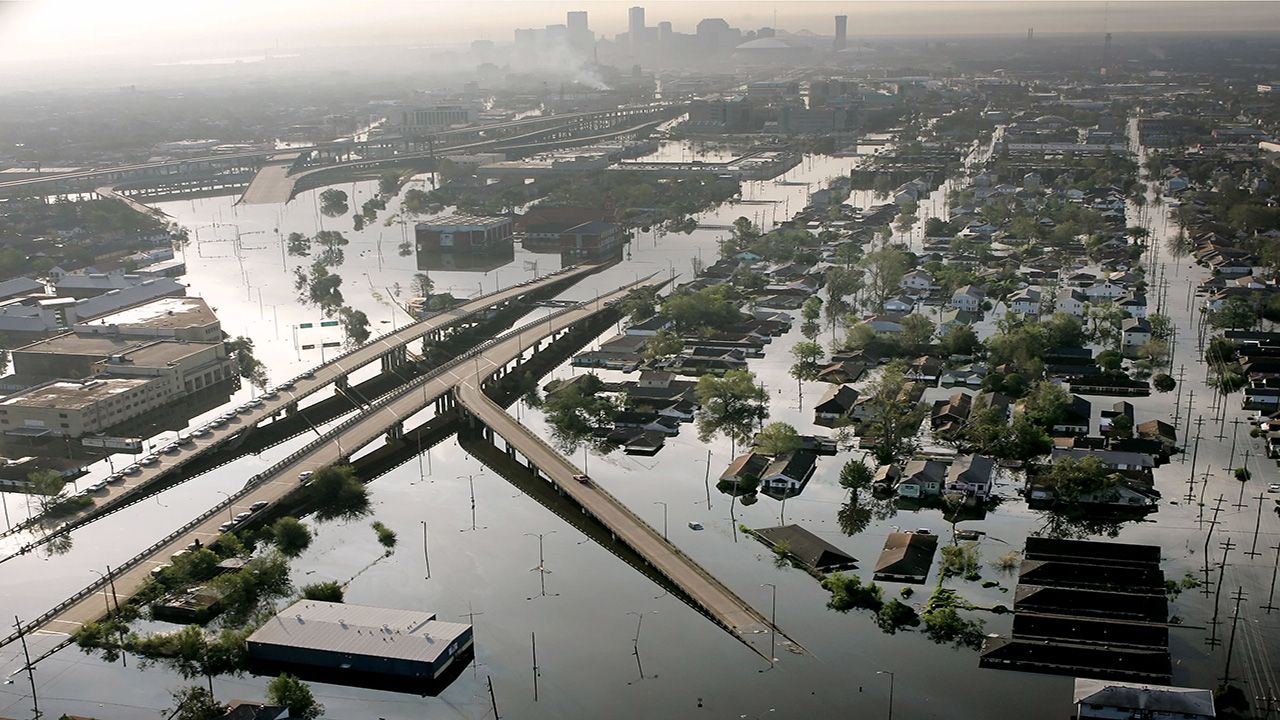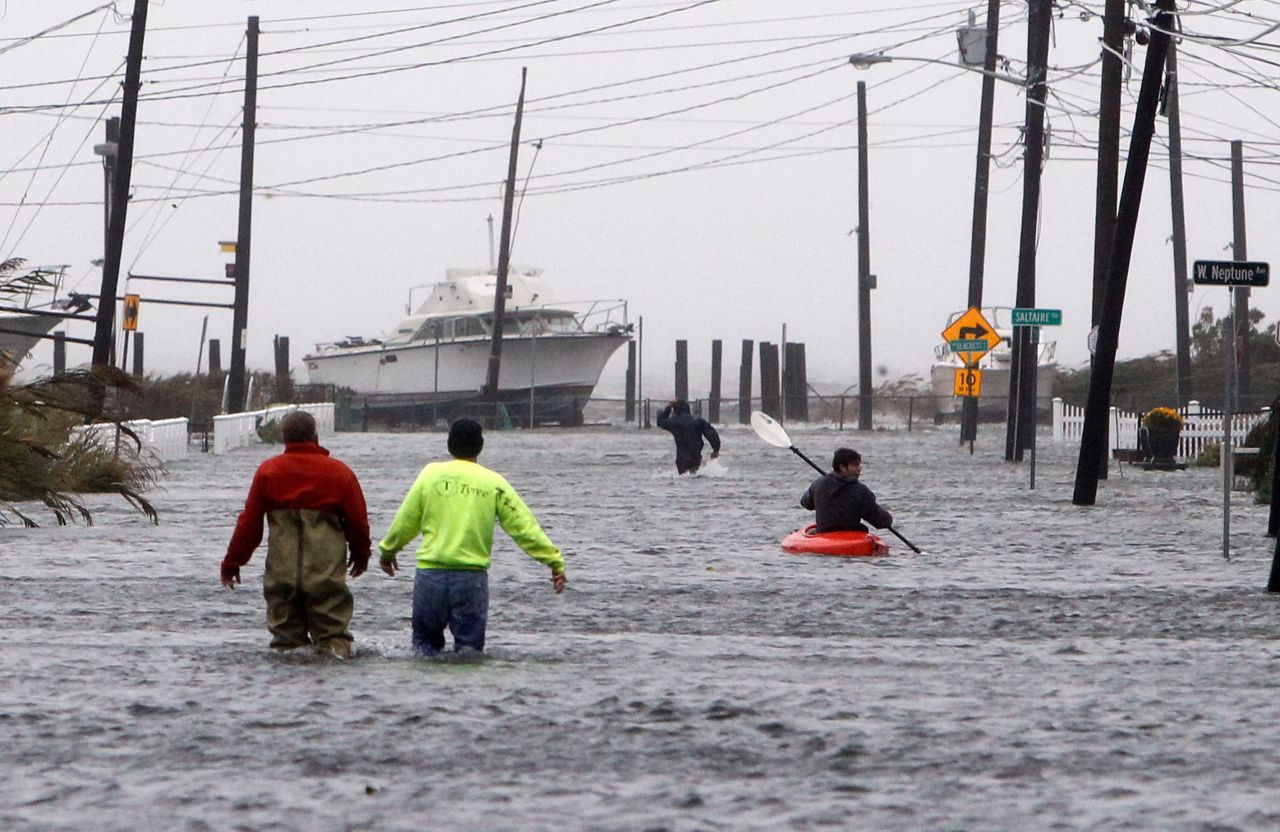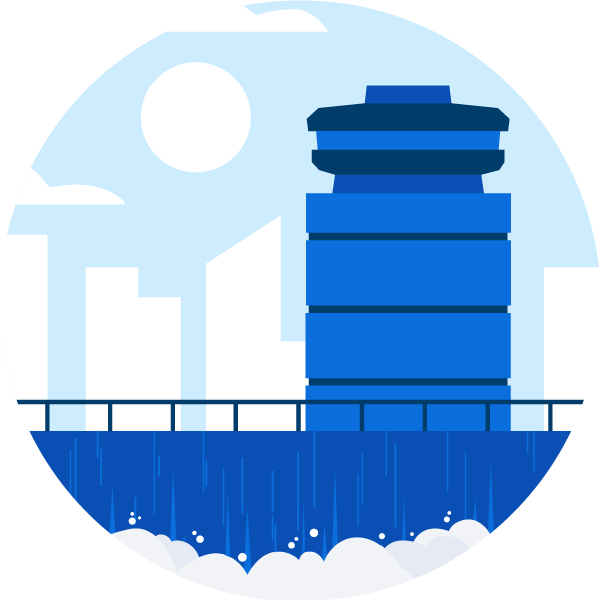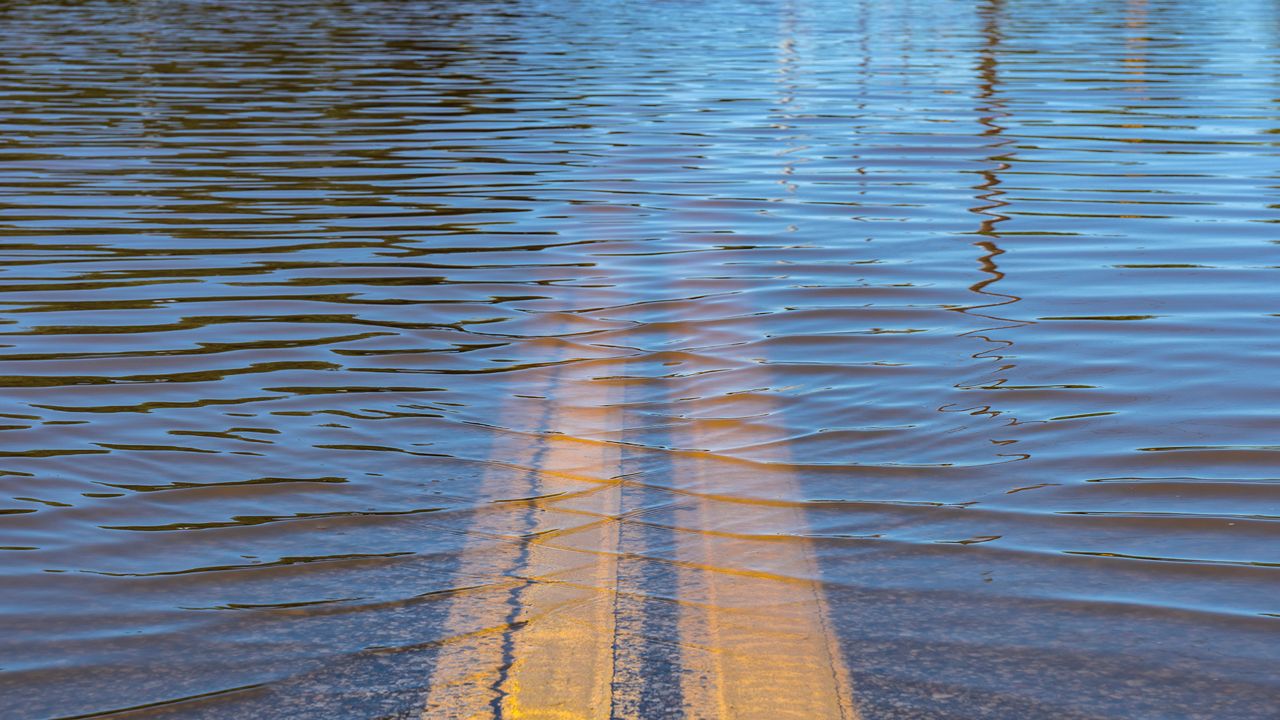Occasionally, the question comes up, "do tropical systems, such as hurricanes, tropical storms or tropical depressions, affect our region?"
The short answer is yes. But, the effects are not as severe as where they make landfall.
Flooding is the primary concern in our neck of the woods. Flash flooding in particular.
While flooding can be dangerous, and even deadly, in our region, I cannot stress enough that it’s never anything like along the Gulf Atlantic coasts.
Many of us saw the images of Katrina and Sandy and other devastating tropical systems on the news.


We never see flooding of this magnitude from tropical systems that move through Western New York.
Wind is also a concern, but to a lesser degree.
As a general guide, wind gusts of 30 to 40 mph are quite noticeable, but any damage or power outage is localized and minor.
Wind gusts of 50 to 60 mph are more likely to produce localized damage to trees and numerous localized power outages.
Wind gusts of 70 mph+ produce much more widespread damage and many power outages.
There are other factors that play a role in wind damage, such as the time of year, if we have a saturated ground and if leaves are still on trees.
Wind damage is generally not the primary concern with any tropical system that affects our region.
As mentioned above, it’s flooding, especially over the higher terrain. Water flows downhill and can cause creeks, streams and rivers to run high and even overrun their banks. It will also pool in low-lying spots on roads, lawns and poor drainage areas.
Never drive across a flooded road. You don’t know how deep the water is or what the integrity of the road is like under the water.
A few years ago, training thunderstorms (storms that follow the same path and deluge a localized area) produced over three inches of rain and flooded many streets around the city of Syracuse. In some cases, it was waste deep.
The force of water helped blow manhole/sewer covers off their places. A man trying to help a stranded driver in waste deep water by pushing the stranded car stepped into an open cover and was swept into the sewer system.
The main thing to remember is to never drive across a flooded road and never wade into flood waters.
Rivers and streams rage with wind and high water. The temptation, it seems, is to try out a kayak or canoe in such waters. This too is quite a dangerous thing to do, so please avoid it.
Thankfully, tropical systems are rare in our region, but they affect our weather on occasion. Also, please keep these tips in mind during our normal spring, summer and fall thunderstorm season.
It’s always good to have a plan to get to higher ground if you live in a flood-prone area, especially when flash flooding is involved.
Our team of meteorologists dives deep into the science of weather and breaks down timely weather data and information. To view more weather and climate stories, check out our weather blogs section.




